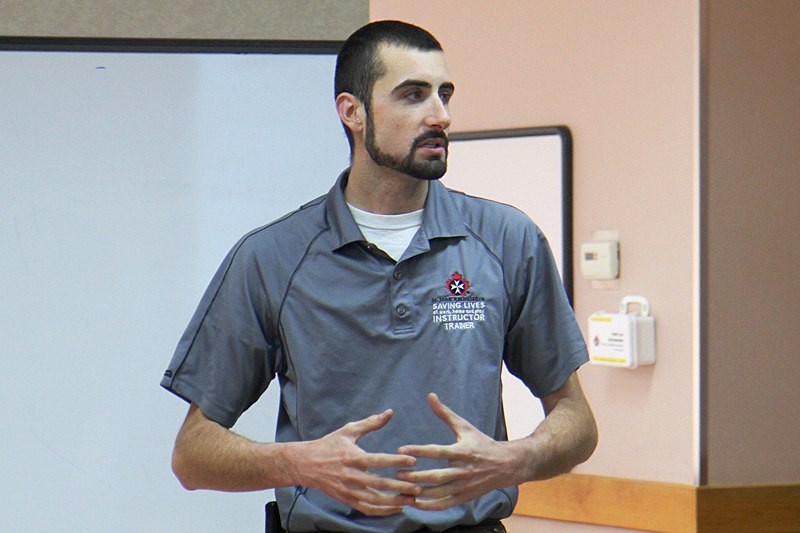James Bretoia says first aid for a pet is very similar than it is for a human.
He said the biggest difference is that more people know how to provide treatment for a person.
Bretoia was leading a one-day course on pet first aid at the St. John Ambulance headquarters on Saturday to give people guidance on how to take care of their furry friends in an emergency situation.
“The reason for this course is that we all take first aid for humans, but people forget their pets,” he said.
“This is a really great way to take some of the stuff that we use on humans and find a way to save their pets. It’s as simple as doing CPR on a dog choking.”
Story continues after video...
The course is a national program created by the organization, but has been substantially overhauled.
The session on Saturday was just the third in the city, and Bretoia was using the opportunity to train other instructors.
He said a some of the enrollment of the course thus far has been from veterinary technicians and workers at dog rescues.
However, there have been quite a few ordinary pet owners who want to be prepared.
“It’s people who love their pets and want to be able to help them if they need to,” he said.
Canines and felines are the primary focus of the course, but Bretoia said they will discuss birds, smaller animals like ferrets and rabbits and larger animals.
For example, Bretoia told the class that the loss of a few drops of blood can be fatal to a bird. He also informed them that losing a cup of blood is perilous for a medium-sized dog.
Material covered in the course ranges from recognition of behaviour for dogs, restraint techniques, resuscitation, poison response, treatment for bites and rabies and ticks.
He explained there is a lot of similarity in first aid techniques, no matter who or what is being treated.
“A lot of the principles we use as humans in our first aid are the same for dogs and cats,” Bretoia said. “We’re just talking about a different body makeup.”
